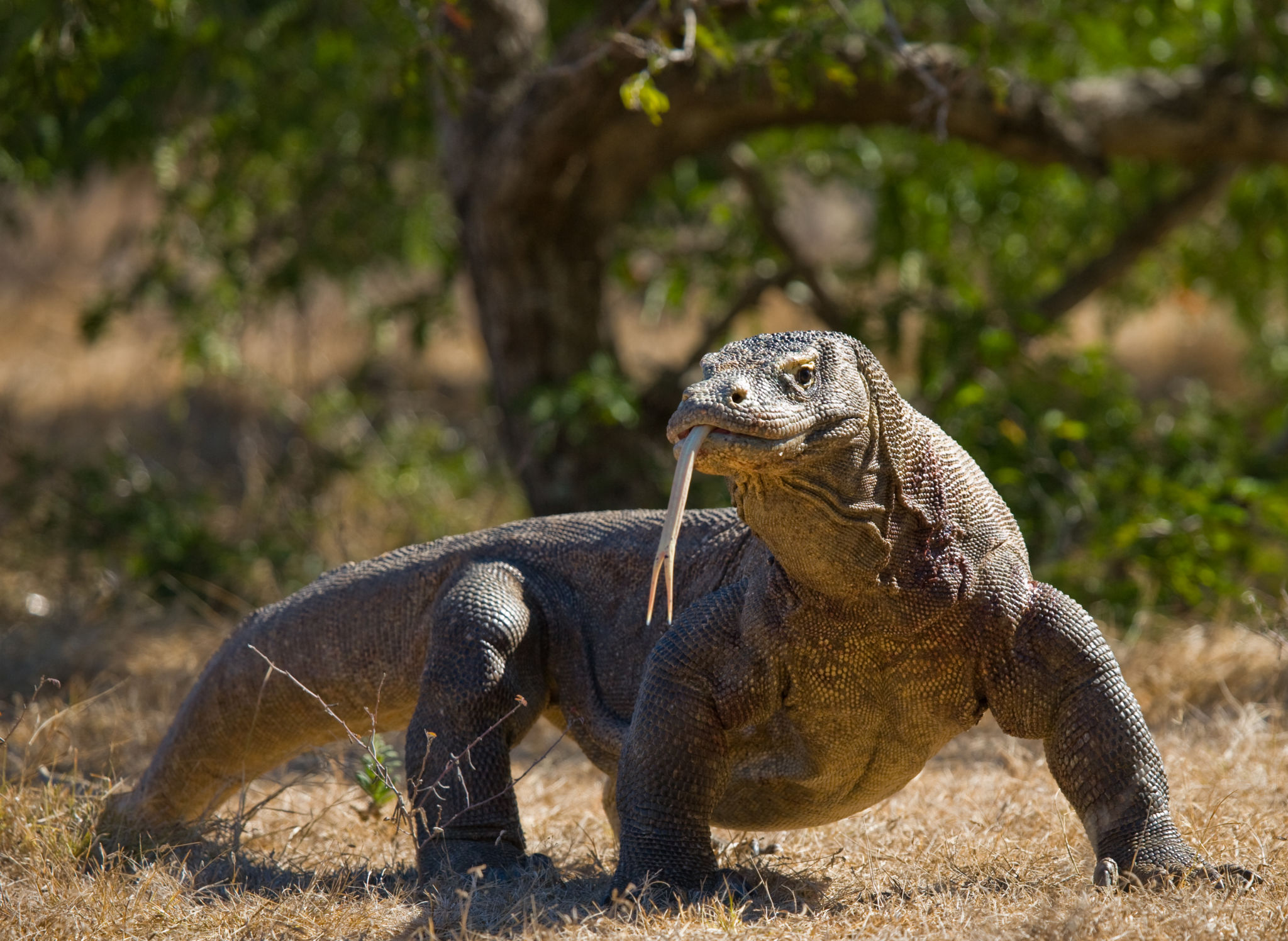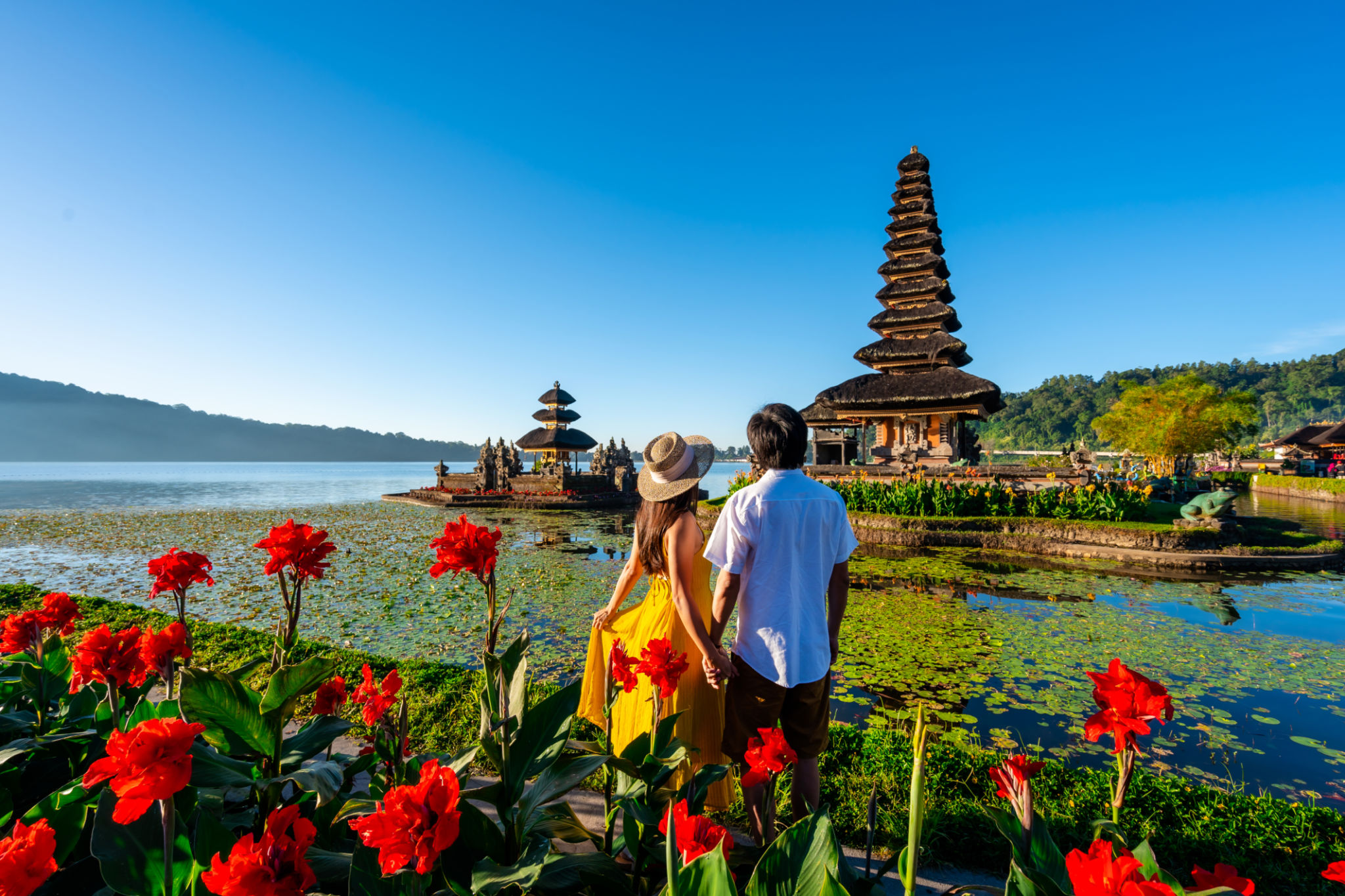Exploring Komodo: A Cultural and Environmental Conservation Experience
Unveiling the Wonders of Komodo
Komodo Island, part of the Indonesian archipelago, is a destination that offers a unique blend of cultural richness and environmental conservation. Known primarily for its famous inhabitants, the Komodo dragons, this island is a treasure trove of biodiversity and cultural heritage. A visit to Komodo is not just a journey to see these magnificent creatures but also an opportunity to immerse oneself in the local culture and contribute to conservation efforts.

The Majesty of Komodo Dragons
The Komodo dragon, the largest living lizard on Earth, is undoubtedly the star attraction of the island. These formidable creatures can grow up to 10 feet in length and weigh over 150 pounds. Observing them in their natural habitat is an awe-inspiring experience. Visitors can join guided tours led by experienced rangers who provide insights into the behavior and ecology of these ancient reptiles.
While the dragons are the main draw, the island's ecosystem is equally fascinating. Komodo is part of the Komodo National Park, a UNESCO World Heritage site, which includes a variety of habitats ranging from savannahs to coral reefs. This diversity supports a wide range of wildlife, including over 1,000 species of fish, 260 species of reef-building coral, and 70 species of sponges.
Cultural Tapestry of Komodo
Beyond its natural wonders, Komodo Island is home to a vibrant local culture. The indigenous people of Komodo have lived in harmony with their environment for generations, developing unique traditions and practices. Visitors can explore local villages, where they will be welcomed with warm hospitality and have the chance to learn about traditional crafts, music, and dance.

One of the cultural highlights is the traditional weaving of ikat textiles. These colorful fabrics are handwoven using techniques passed down through generations and often feature intricate patterns that tell stories of the island's history and mythology. Purchasing these textiles not only supports local artisans but also helps preserve this important cultural heritage.
Commitment to Conservation
Komodo Island faces challenges related to conservation and sustainable tourism. The influx of visitors can put pressure on the fragile ecosystems and local communities. However, there are concerted efforts to balance tourism with environmental protection. The Indonesian government and various organizations are working together to implement sustainable practices and ensure that tourism benefits both the environment and the local population.
Visitors can contribute to these efforts by choosing eco-friendly accommodations, participating in conservation programs, and respecting local customs and wildlife. By doing so, they help ensure that Komodo remains a pristine and thriving destination for future generations.

Planning Your Visit
When planning a trip to Komodo, it is essential to consider the best time to visit. The dry season, from April to December, is ideal for outdoor activities such as hiking and snorkeling. It is also important to book tours and accommodations in advance, as the island's popularity means that spots can fill up quickly.
Getting to Komodo typically involves a flight to Labuan Bajo, the gateway town on the island of Flores, followed by a boat trip to Komodo. Numerous tour operators offer packages that include guided tours of the national park, diving excursions, and cultural experiences.
Conclusion: A Journey of Discovery
Exploring Komodo is more than just a travel experience; it is a journey of discovery that offers a deeper understanding of the delicate balance between nature and culture. By visiting Komodo, travelers not only witness the majesty of the Komodo dragons but also play a part in preserving this unique environment and supporting the local communities.
Whether you are an adventure seeker, a nature lover, or a cultural enthusiast, Komodo Island promises an unforgettable experience that will leave you with lasting memories and a newfound appreciation for the wonders of our world.
